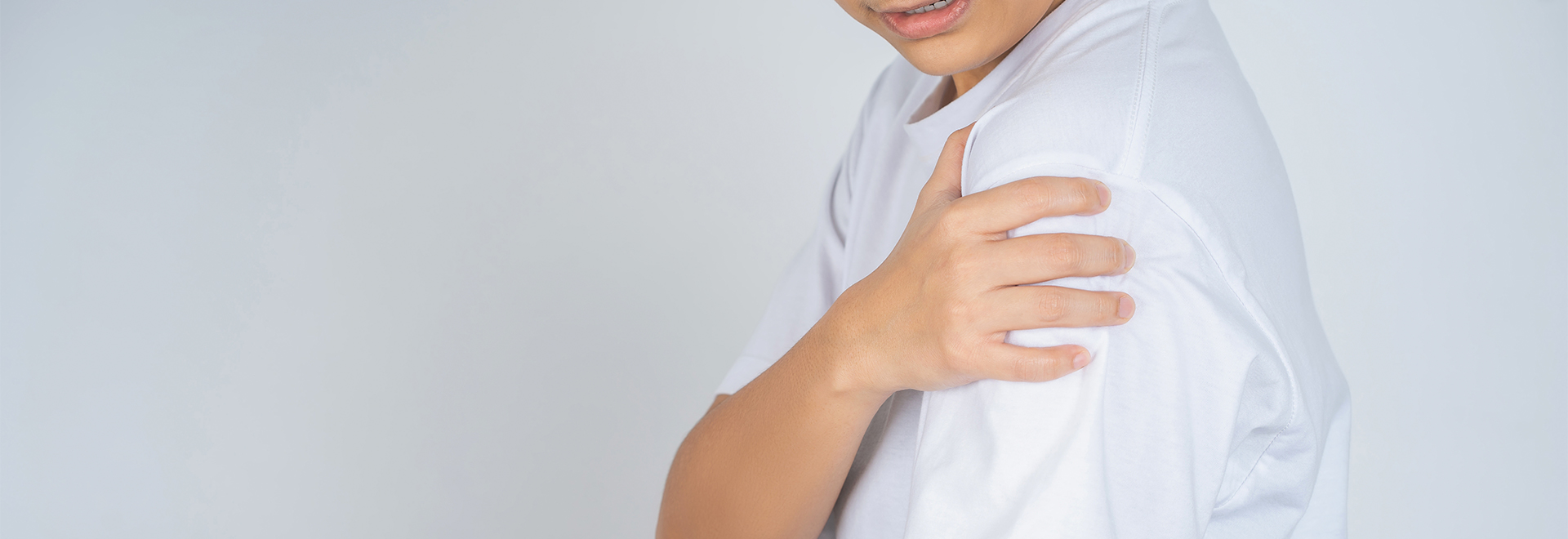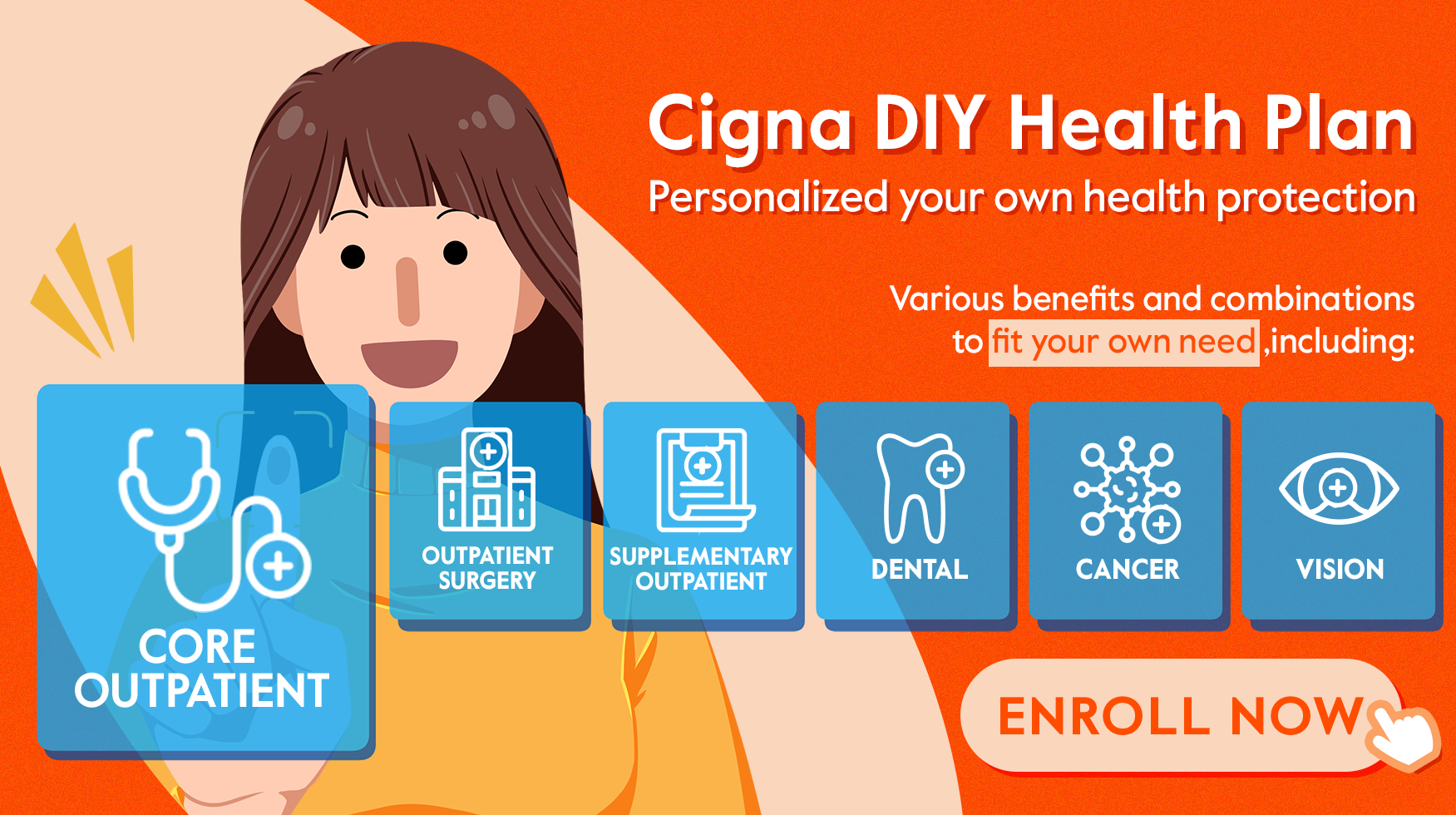Did you experience joint dislocation due to accidents or contact sports? Apart from these traumas, individuals with congenital joint instability are at a higher risk of frequent joint dislocation. While you may hear of joint dislocation or subluxation (a minor or incomplete dislocation), do you know what the symptoms and prevention measures are? What should you do if you have such an injury? Let’s get to know more about this common injury with Cigna Smart Health.
What Is Joint Dislocation?
Joint dislocation occurs when a great and sudden force applies to a specific joint. This trauma may happen when you fall, experience a car accident or do contact sports, leading to a dislocation of the head of the humerus from the glenoid cavity. Common joint dislocations happen at your shoulders, hands, fingers and knees, in which the former is the most common.
What Are the Causes of Joint Dislocation?
Joint dislocation happens regardless of age, but its causes vary among different age groups, citing a shoulder dislocation as an example. A 20-year-old youngster may have a dislocated shoulder due to a sudden and heavy strike at his joint. At the same time, a 60-year-old lady also has the same condition because of the degenerations of the cartilage, ligaments and tendons. If the supporting muscles and tendons surrounding the joint are weak, the protection on the joint is limited, and it is prone to dislocation when the motion is slightly larger.
Symptoms of Joint Dislocation
Joint dislocation is commonly caused by a trauma to the joint, leading to a displacement between bones and damage to surrounding soft tissue. The affected area may be swollen, look bruised and painful. The symptoms of a dislocated joint include:
- Visibly deformed or swollen
- Difficulty moving the joint or even loss of its motion
- Pain at the joint and its surrounding
- Reduced muscle strength
- Intense pain when contacting
- Bruising of the joint area
Management and First Aid of Joint Dislocation
If you have a dislocated joint, do not try to push a dislocation back into place yourself so as to avoid damaging the muscles and tissue around the joint and leading to complications. If you suspect it, you should rest the affected joint and apply ice to reduce pain. Please take a look at the below first aid and initial treatments.
- Stay still and support the dislocated joint in the most comfortable position
- Elevate the affected joint and apply ice on it
- Go to the hospital for an X-ray test to understand if it is a joint dislocation or fracture.
Generally, if your condition is not severe, your doctor can return the bones into proper places and prescribe simple medication for your speedy recovery. However, you may need to wear a sling, splint or cast for several weeks to stabilize the joints for more severe cases. Some may even require surgical repair.
Nowadays, the most common surgery for a joint dislocation is arthroscopic surgery, a minimally invasive surgical procedure that only requires several small incisions (1cm) for completing the operation. If the bone is seriously damaged, open surgery may be needed for a replacement or transplantation.
Does a Joint Dislocation Recur Frequently?
When you have a joint dislocation, your doctor will push your humeral head back into your joint. This procedure is called closed reduction. However, your joint will tend to be unstable and reinjured easily. That’s why joint dislocation recurs.
Furthermore, the structure of your joint deteriorates every time it dislocates, as the protection formed by the surrounding cartilage, ligaments and other tissues is damaged, raising the chance of recurrence.
How Can You Prevent a Recurrence of Joint Dislocation?
The complications of joint dislocation can be serious if you do not handle and treat it appropriately. A dislocation may lead to a loose articular capsule, resulting in habitual dislocations. To prevent dislocation or recurrence, you should take notes on the below three tips.
1. Avoid excessive exercise
When doing sports, you should pay extra attention to your joints’ range of motion, especially the joints, hands and fingers. You should control the intensity of your exercises and avoid making motions that easily trigger a dislocation.
2. Do not try to push a dislocation back into place yourself.
Again, do not relocate your injured joint by yourself so as not to cause further damage, loosening and eventually frequent recurrence. You should consult your doctor or physiotherapist for manipulation or repositioning.
3. Receive physiotherapy
After recovery, your physiotherapist will begin a gradual rehabilitation programme to increase the joint’s strength and restore its range of motion. The programme can also maintain joint function and promote synovial fluid secretion to raise stability.
Even after the reduction, follow-up rehabilitation and daily care are essential for keeping your joint health and avoiding reinjury. Improper after-care may lead to habitual dislocation and even more severe complications.
Post-injury treatments and rehabilitation are equally important for those with dislocated shoulders. Cigna DIY Health Plan enables you to freely choose from various protection benefits to customise your plan to your individual needs, including dental coverage, regular oral check-up, treatment cost and emergency. Tailor your health coverage now.


